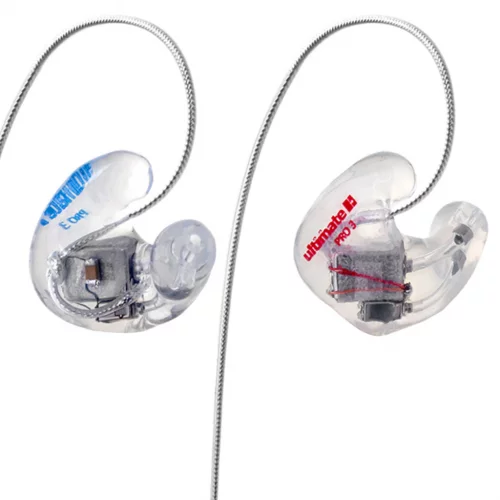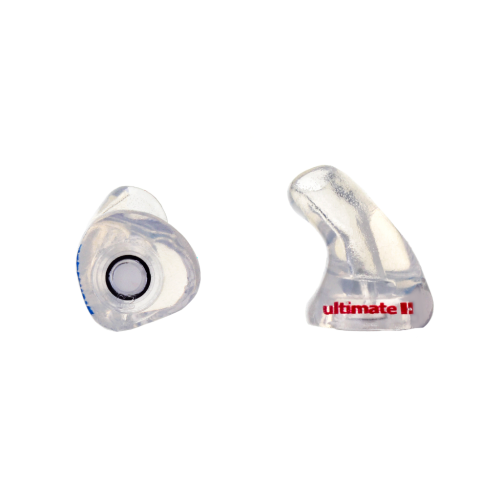
The Health and Safety Executive’s (HSE) recent noise campaign has uncovered serious gaps in workplace hearing protection, particularly surrounding employee training, and awareness.
As we are all aware, hearing protection should be the last line of defence against harmful noise. This is due to the constant training and supervision that it requires to remain effective.
To help tackle this issue, the HSE is promoting the CUFF acronym which businesses can use as a starting point. CUFF stands for Condition, Use, Fit the ear and Fit for purpose, and we have expanded on these points below.
Condition: Is the Hearing Protection in suitable condition to do its job?
Damaged earmuffs are significantly less effective. Damaged seals, cracked cups or stretched headbands allow noise to leak in, putting your staff at risk. It is crucial to replace cushions and headbands according to the instructions of the manufacturer.
Single use earplugs should be treated as single use earplugs and not like reusable earplugs. Reusing single-use earplugs can significantly reduce their effectiveness (it is hard to replicate the original seal) and can also introduce hygiene issues.
Likewise, reusable earplugs need to be replaced as per the manufacturer’s instructions and cleaned regularly. For example, our moulded earplugs need to be replaced with new impressions every 5 years due to changes in the shape and size of the ear canal over this timeframe.
Use: Is the hearing protection accessible and being used 100% of the time it should be?
Hearing protection must be accessible and available before entering a noisy area, or before beginning a noisy task.
It is crucial that hearing protection is worn for 100% of the time it should be.
Removing a hearing protector with an SNR of 30dB for just 10 minutes across an 8-hour period could reduce its attenuation to 18dB.
This is why it is so crucial that staff find their hearing protection comfortable to wear all day long and they do not remove it to communicate (more on this below).
Fit the ear: Does the hearing protection fit correctly and is it compatible with other PPE?
Every ear shape is different, and one size does not fit all.
Regulation requires employers to source suitable alternatives for those struggling to fit generic earplugs (for example, workers with very narrow ear canals). An active approach to hearing protection helps to identify fit issues and unsuitable products.
We always like to ask – would you provide workers with the wrong size safety boots? So why do it with hearing protection.
Another consideration is compatibility with other PPE. Earmuffs may seem like a solid option, but have you considered their compatibility with hard hats and bump caps?
All combinations of helmet mounted earmuffs and helmets must be tested and certified to work together.
Even hoodies or hair nets can impact the seal of earmuffs.
Safety glasses can also impact the seal of over ear defenders, so it is crucial to select ear defenders specifically designed to fit with safety glasses, or to opt for an in-ear option.
Fit for Purpose: Has the correct specification of hearing protection been selected?
All hearing protection should be selected based on the specific noise levels in your workplace.
All hearing protection has an SNR (Single Number Rating) value which indicates the attenuation provided. This can provide a starting point (alongside the C-Weighted Sound Level) to choosing the correct hearing protection but ideally the octave band method should be used.
The octave band method estimates the sound level at the ear, considering the specific frequency content of the noise.
Hearing protectors that reduce the noise level at the ear to below 70dB should be avoided as this can introduce new hazards in the workplace (such as not hearing alarms or vehicles) and make communication more difficult, leading to staff removing their hearing protection.
Bottom line: Providing hearing protection isn’t just a tick box exercise. It is about actively managing its condition, use, fit and purpose/suitability.
Our next blog will cover some practical steps to implement each element of CUFF in your workplace.










